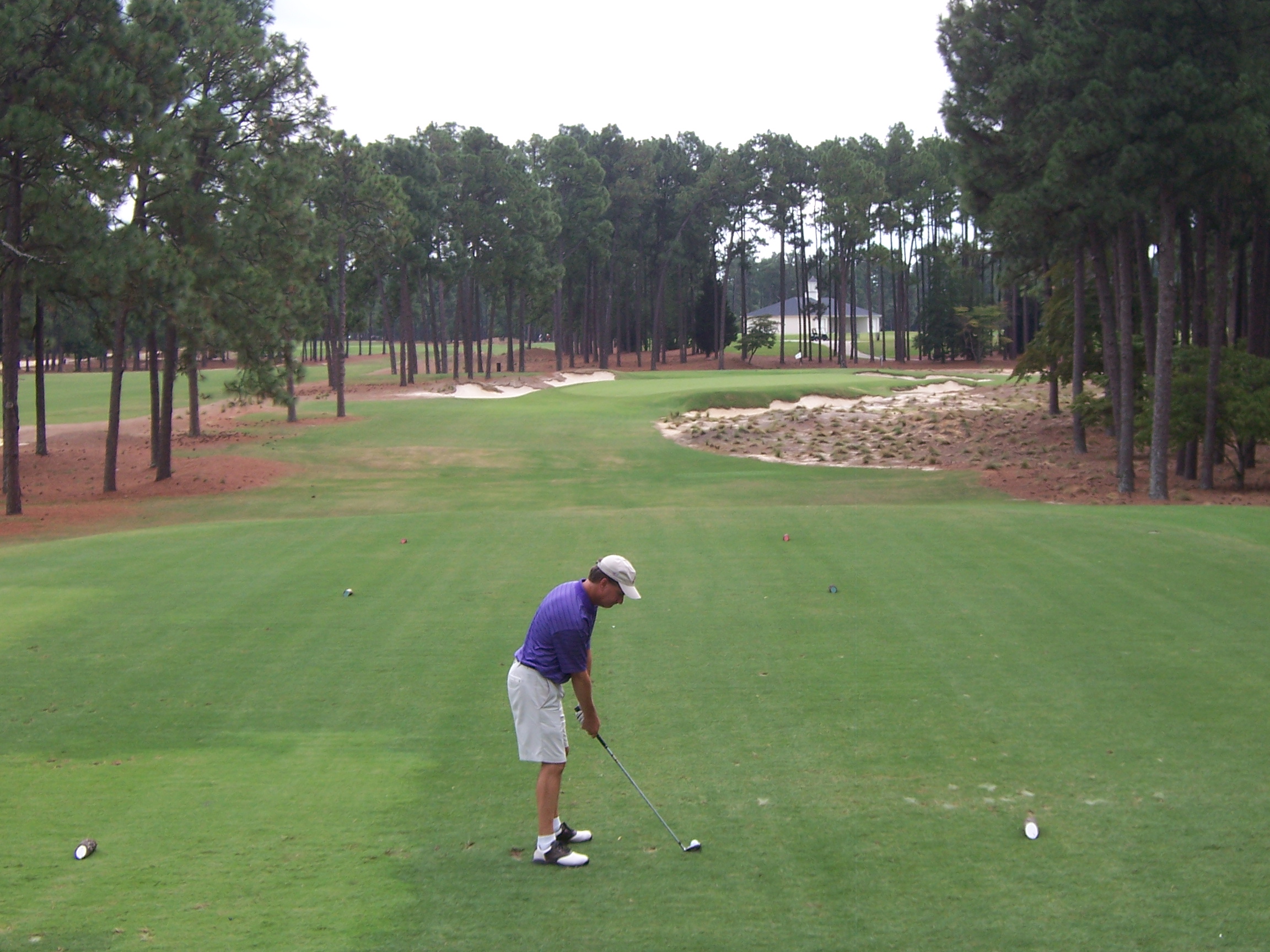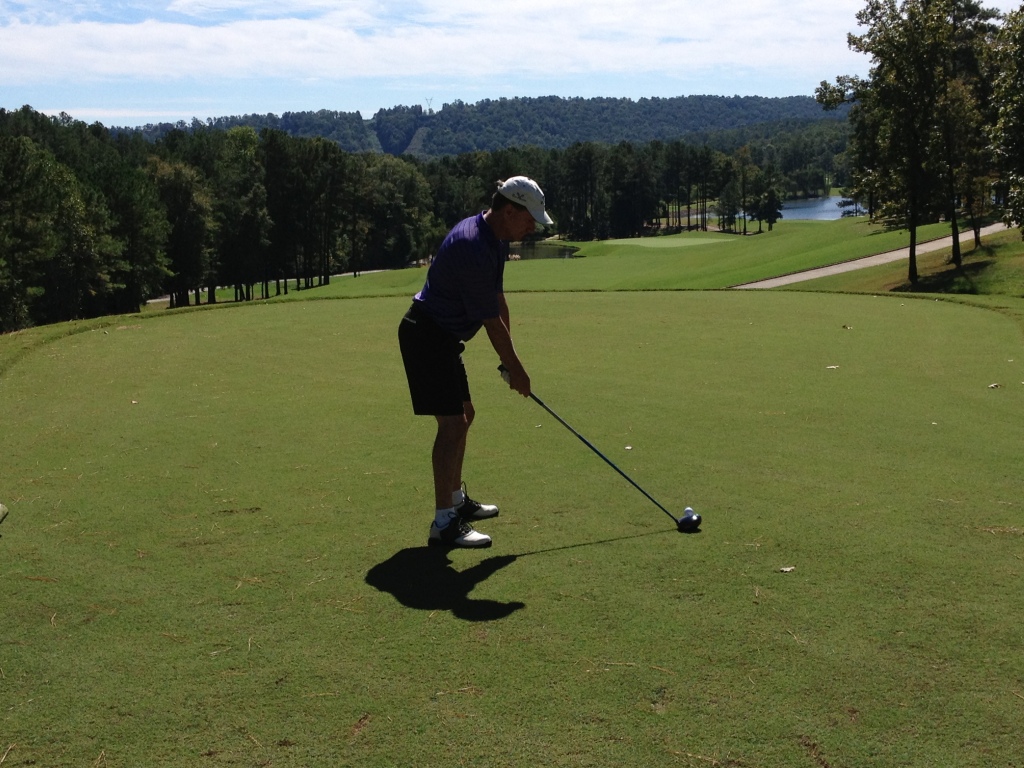The great bifurcation is three months old. Golf in retirement remains a fantastic journey punctuated by non-linear improvement. Two steps forward, one step back, and as long as you accept the jagged norm you will love it. The big plus is that repetition leads to game improvement and I’m seeing it. The negative is the physical challenges. Let’s dig in.
Golf Trip:
Retirement date was January 31. Over President’s Day week, I traveled to Myrtle Beach for six straight days of 18 holes with the guys. Prior to heading down, I had a couple of 9-hole rounds and a few practice sessions, so prep was minimal. I played decently and managed to break 80 twice but was losing 10-15 yards of distance on each of my irons – very concerning. Was this the cooler air, sea level altitude, or old age setting in? Either way I was switching golf balls to try and get a suitable compression to recover the distance, and nothing worked. I also returned and had tweaked something in my left knee that produced a mild to occasional sharp pain on my downswing. This has persisted but seems to be slowly improving and I can play through it.
On the trip, a fellow player introduced me to his Orange Whip swing trainer which I used during warmups and fell in love with. Purchased one for myself and have been using it ever since. 20 swings with this sucker will suffice before a round to get loose if you don’t have the opportunity to hit balls. Get one!
The good news:
In March and April, I settled into a four-day per week routine that includes a nine-hole round, an 18-hole round, a technical practice and a mental practice. I’ve had my hands on the clubs a lot and the repetition has begun to show results in all aspects of my game. Big plus is to be able to work around bad weather and not be relegated to playing on the weekends. Thankfully, my distance returned with the warmer temperatures, and results are starting to show up on the scorecard. Last week I carded a 1-over round with five birdies on a tough course and enjoyed two aces just three weeks apart. It’s exciting and rejuvenating to know I have it in me.
Strategic Change:
Have you ever screwed up the first few holes of your round just because your brain wasn’t ready to play golf? Happens to me all the time and I was determined to reverse this trend. The key has been to use good mental preparation. I found a couple things. First, using the mental practice session right before the 18-hole round and keeping the technical practice as far from game day is best. Helps you to play golf and not golf swing. I also adopted a new warmup routine that seems to set my mind in a good ready state. On game day, during warm-up, I’ll simulate play on the first three holes of the course I’m about to play three times using just full swings. So, if the course opens with two par-4s and a par-3, I’ll reserve 15 balls for three rotations of five swings with the clubs I think I’ll need. My thinking was to dump all the poor shots and mental baggage out on the practice tee and keep the good ones for the course. On the aforementioned 1-over round, my simulated warm-up was crappy, but I found something on the last three balls and turned that into a great ball striking start.
The bad news:
I have tendonitis in both elbows. In early April, I screwed up lifting weights and am now paying the price. This is the most difficult because golf and everyday activities like starting the lawn mower or lifting a coffee cup hurt. Between the elbows, the knee, and my incomplete healing of broken fingers from last November, sometimes I wake up feeling like Nick Nolte in North Dallas 40. Hoping time, ice, Advil, and as few range balls as possible are the solution here.
Gotta take the bad with the good but I’m hopeful that my best golf is ahead of me. Is this how retirement is for most folks?
Play well!





